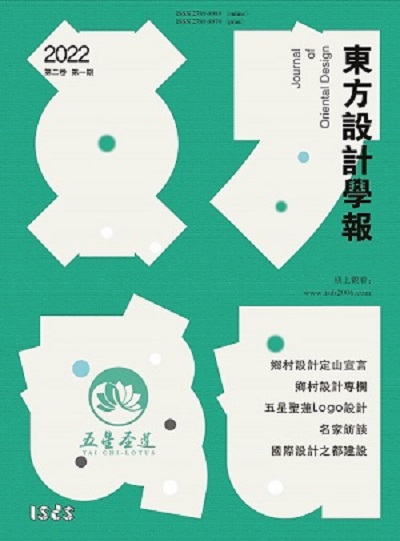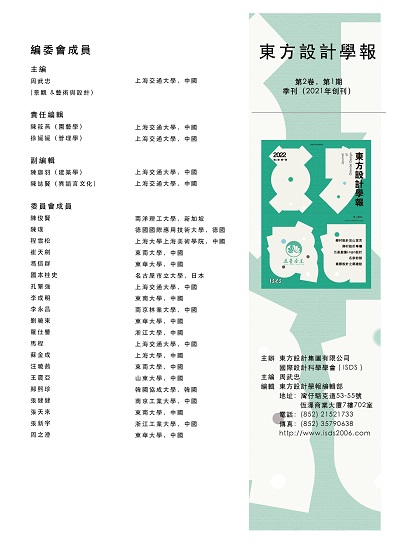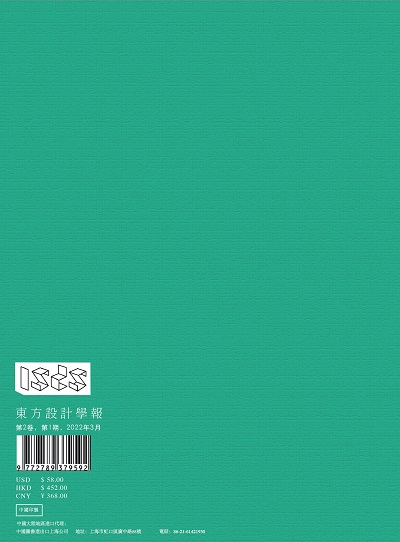



Under the influence of social media, the rural tourism landscape in the suburbs of cities has changed, and symbol consumption has constituted a new paradigm of tourism development and consumption. In this paper, qualitative analysis, content analysis and semiotics methods are used to analyze the status and symbolic significance of rural tourism landscape in the suburbs of the city, combining with a specific case of “Yijiele”, an artificial landscape in Sanshengxiang. Finally, according to the current situation of globalization paradox, the reflection of the crisis of symbolization, and put forward multiple value creation, the optimization of the establishment of community culture suggestions, for the sustainable development of rural thinking.
This article analyzes the resource and market conditions of rural tourism development in Chongding Village, Bingzhongluo, which is located in the core area of Nujiang Grand Canyon in Yunnan, and proposes that the rural tourism space of Chongding Village is divided into production space area, living space area and natural conservation space area. It also designs three eco-tourism products based on functional zoning, namely, series of tourism products in the living space with the theme of “deep folk”, tourism products in the production space with the theme of “Body work”, and nature conservation space with the theme of “enjoying in the nature”. This paper also proposes a guarantee mechanism for the development of rural tourism products.
Huaxin Village has good resources for the development of agricultural tourism. Constructing suburban rural tourism destinations, enhancing the added value of agricultural products, developing art exhibitions and cultural activities are the new assistance models for Huaxin Village’s agricultural tourism prospering villages. Through analysis of the development patterns and measures of agricultural tourism in the six aspects of old cultural buildings, ecological farms, supporting facilities, sales items, activities, and the inter-village environment, this paper preliminarily clarifies the methods and paths, development orientations, function modules and other models of humanities and art help agricultural tourism prosper villages.
The paper makes a research on reindeer culture of Ewinke Township, Hulunbir and expounds the designs of the concept and its origin of cultural and creative products, focusing on the reindeer cultural and creative products in the current market to make a survey and then summarizes the designs of these products to conform with modern aesthetics to give a reference to the following research on ethnic cultural and creative products’ designs.
The integration of agriculture and tourism is a new development mode to help rural revitalization and social development in the new era. On the basis of taking measures according to local conditions, make full use of local natural resources, cultural resources, social resources and so on to promote the construction and development of rural areas;Ba village, ba ise, guang xi for the national rural governance demonstration village, the architectural landscape design fully embodies the planning of agriculture and tourism, realize the comprehensive integration of agriculture, tourism and culture, both the architectural landscape to create beautiful rural landscape, and drive the industrial revitalization of agricultural tourism, based on the architectural landscape of Ba village design, from the ecological livable thought, farmland landscape, landscape, red rural culture, beautiful planning and design value, in order to enlighten the new rural planning and construction and cultural tourism development.
The development of rural leisure tourism is an important starting point for the realization of the “village revitalization” strategy. 2020 is the 15th anniversary of the “two mountains” theory put forward by General Secretary Xi Jinping. The important concept of “green waters and green mountains are golden mountains and silver mountains” is practiced and actively explored. The innovative development path of rural leisure tourism is very important. As one of the most active components of the creative industry, animation has played a prominent role in integrating tourism resources, boosting the cultural connotation and added value of rural tourism. Rural leisure travel is more than just planting, picking and tasting. These 1.0 version of agricultural tourism scenes are in urgent need of evolution. Animation design can give rural leisure travel more fun and sweet atmosphere, and can also give rural leisure travel more cultural connotation. As the main institution for the training of animation design talents, local colleges and universities should combine the regional characteristics, industrial characteristics and school advantages of the region, and take the regional demand as the link, especially to promote the development of the “rural revitalization” in the region to drive innovation. Classes can effectively promote cooperation between universities and local governments and effectively improve students’ practical ability. The “Village Animation”-driven innovation class organized by the Animation Department of the Art and Design College of Fujian Sanming University is to provide talent services for the ecological civilization and comprehensive construction of the “village revitalization”, and use animation as a design method to realize the innovation of rural leisure tourism provision mode.
For the purpose of rejuvenating rural culture, starting from the design ideal of sustainable development, the design strategy suitable for rural sustainable development needs to be combined with local simplicity, that is, the rural environment ecology that villagers rely on and the long-term past cultural concepts and behavior characteristics, so as to guide the targeted design method, rather than mechanically copying the urban design mode. Taking a village in Western Sichuan as a case, this paper analyzes the problem of population structure through the analysis of its native simplicity, and finds out the shortcomings in the current rural design development by combining with the modern rural life and development environment. From the simple view rooted in the countryside, this paper provides some thoughts on the intervention of design in rural development, promotes the sustainable development of rural design from the perspective of design, and assists the revitalization of rural culture in the new era.
Doushan Village is located 5 kilometers to the northeast of Baliwan Town, Hongan County, which is listed in the list of Traditional Chinese villages. At present, a large number of traditional dwellings with historical value and regional culture are still preserved in the villages, and it has become one of the important traditional dwellings in the southeast of Hubei. Based on the field investigation of the traditional dwellings in Doushan Village, this paper analyzes the present situation and reasons of the villages, and probes into the architectural style of their regional characteristics.Taking an abandoned old traditional residential building in Doushan village as the practice object, the renewal design practice is carried out, and the strategy to adapt to the local traditional residential renewal design is put forward.
Due to its developed economic level, rich cultural characteristics and deep industrial base, the rural landscape in Jiangnan region has become the focus and focus of academic research. In recent years, the rural areas in south of the Yangtze River are faced with such problems as landscape amnesia, incompatibility and mismatch between landscape and industry, and imbalance of rural ecology. Under the background of development in the new era, rural areas in the south of the Yangtze River Delta are also facing a series of development opportunities under the strategic background of the integration of the Yangtze River Delta, the new national development concept and the green New Deal. In the new countryside socialism under the guidance of thought, jiangnan landscape should be based on agriculture, establishing rural “true”, in culture, for nutrition, create rural “lattice”, take the market as the guidance, to build rural “inner loop”, based on the green, make rural “sustainability”, build the exquisite beauty jiangnan village, for the country to become important means to promote rural economic development and cultural promotion, and also provide certain reference significance for our country to other country.
In response to the action plan for building villages with unique Chinese characteristics and in light of the current situation of rural development and rural tourism development, this paper, starting from the perspective of the integration of cultural creativity and rural tourism products, conducts field research, planning and design, and develops more distinctive and creative rural tourism products that are popular with tourists. Based on the current rural tourism product design in Taying Village of Puxi Town and Xiegou Village of Shagou Town, the paper explores the design methods and marketing strategies of rural tourism products in order to better promote the building of villages with unique Chinese characteristics.
The classical image of lotus and lotus is abundant. Always, they represent virtues, authors express their feelings, metaphorize morality and declare high ambition by means of lotus, forming a lotus culture with unique Chinese characteristics. The naming and cultivation of the “Five-Star Sacred Lotus” is supported by Mr. Zhou Dunyi’s Neo Confucianism, his concept of clean government, and other outstanding achievements, it becomes the inheritance and innovation of traditional lotus culture. By observing and collecting the growth data and characteristics of the “Five-Star Sacred Lotus”, extracting and integrating cultural connotations, using anthropomorphic design techniques for cultural and creative transformation, and applying the image of the “Sacred Lotus-Five Gentlemen” to the design and promotion of cultural and creative products. The integration of culture and tourism in China has promoted the development of lotus culture.